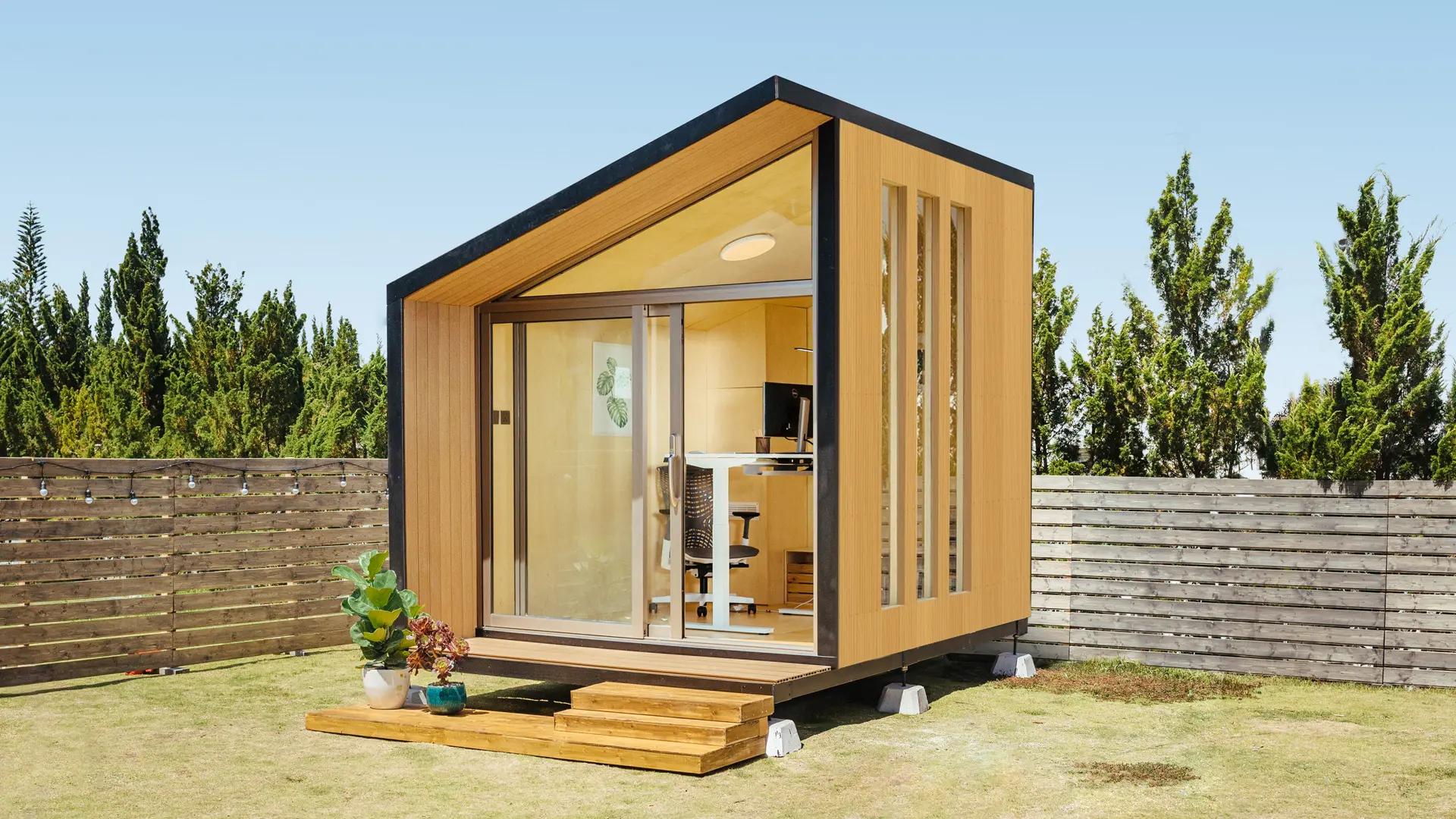
Table of Contents
- 1. What Are ADU Tax Deductions?
- 2. Tax Deductions for ADU Construction and Renovation
- 3. Rental Income and ADUs
- 4. California-Specific ADU Tax Benefits
- 5. ADU Property Tax in California
- 6. ADU Impact Fees in California
- 7. How to Claim ADU Tax Deductions
- 8. WorkPods: A Hassle-Free ADU Alternative with Tax Benefits
- 9. FAQs
- Conclusion
Accessory Dwelling Units (ADUs) have become a popular choice for California homeowners looking to add extra living space, generate rental income, or accommodate family members. But beyond the practical benefits of an ADU, there are potential ADU tax deductions and tax credits in California that can help offset the costs of construction or renovation. This guide will walk you through the California ADU tax benefits, how to claim ADU tax deductions, and important details about ADU property tax in California.
1. What Are ADU Tax Deductions?
ADU tax deductions allow homeowners to deduct certain expenses related to the construction, renovation, or rental of an ADU. This could include deductions for building materials, labor costs, and operational expenses if the ADU is used for rental purposes. These deductions can significantly reduce taxable income, providing valuable financial relief.
2. Tax Deductions for ADU Construction and Renovation
Building or converting an ADU often involves considerable expenses. Fortunately, many of these costs may be tax-deductible. In California, homeowners can generally deduct:
Construction Costs:
Expenses related to the actual building of the ADU, including labor, materials, and fees for contractors, can be deducted. Keep detailed records of all expenses to ensure you maximize your deductions. To get a sense of what it costs to build an ADU, check out this guide on how much it costs to build an ADU in California.
Renovation Costs:
If you are converting an existing structure into an ADU (such as a garage or basement), you may be able to deduct the costs of necessary upgrades, such as plumbing, electrical work, or new insulation. If you're interested in converting a garage, explore garage ADU design ideas in California to see what’s possible. Alternatively, if you're considering a prefab granny flat in California, these structures can offer cost-effective and efficient alternatives.
These deductions help offset the overall cost of the project and reduce your taxable income. Additionally, for those interested in mobile or flexible options, ADUs on wheels in California provide another unique solution for homeowners.
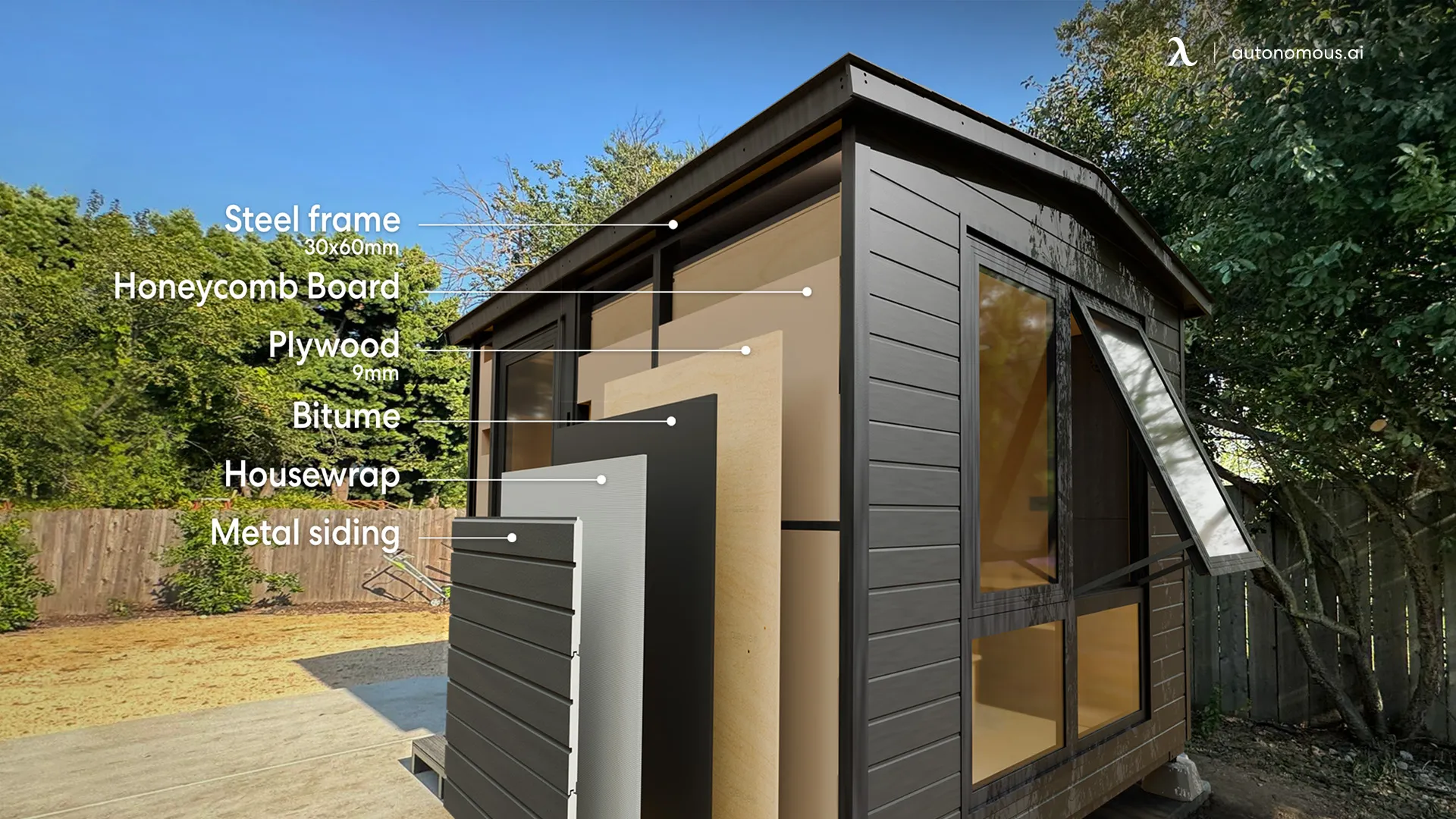
3. Rental Income and ADUs
One of the most significant financial advantages of building an ADU is the potential for rental income. Whether you rent your ADU long-term or use it as a vacation rental, you can claim various tax deductions related to your rental activity. These include:
Mortgage Interest: If you’ve taken out a loan to fund the ADU construction, the interest on that loan may be deductible as a rental expense.
Property Taxes: As a rental property owner, you can deduct property taxes related to your ADU.
Repairs and Maintenance: Ongoing maintenance, such as repairs or replacing fixtures, can be written off as a rental expense.
Utilities: If you cover utilities for the ADU, those costs are deductible as well.
Depreciation: You can also claim depreciation on the structure of the ADU itself. This allows you to spread the cost of the ADU over its useful life, reducing your taxable income each year.
To claim these ADU tax deductions, you will need to report the rental income and expenses on Schedule E (Form 1040). Keep in mind that if you use the ADU for both personal and rental purposes, you’ll need to divide expenses between personal use and rental use.
4. California-Specific ADU Tax Benefits
California offers several ADU tax benefits that can help homeowners save even more. For example:
- Proposition 13
This law limits property tax increases to 2% per year, which can provide significant savings when adding an ADU. However, the addition of an ADU could increase your property's assessed value, leading to a higher property tax bill. Fortunately, the property tax for ADUs in California may still be manageable under Proposition 13, especially if the unit is not used for rental purposes.
- ADU Tax Credit California
Although the state does not offer a direct tax credit for ADU construction, there may be other incentives or rebates available for energy-efficient improvements. If your ADU incorporates sustainable features such as solar panels or energy-efficient windows, you could qualify for certain California tax credits. ADU solar requirements in California detail the necessary guidelines to ensure your ADU qualifies for these types of incentives.
- Sustainability Incentives
California is known for its commitment to sustainability, and homeowners who build eco-friendly ADUs may qualify for various state-sponsored programs or rebates. These can include financial incentives for incorporating green building materials, energy-efficient appliances, or solar panels. For example, understanding ADU electrical requirements in California will help you meet the necessary standards for energy efficiency, potentially making your ADU eligible for additional tax incentives.
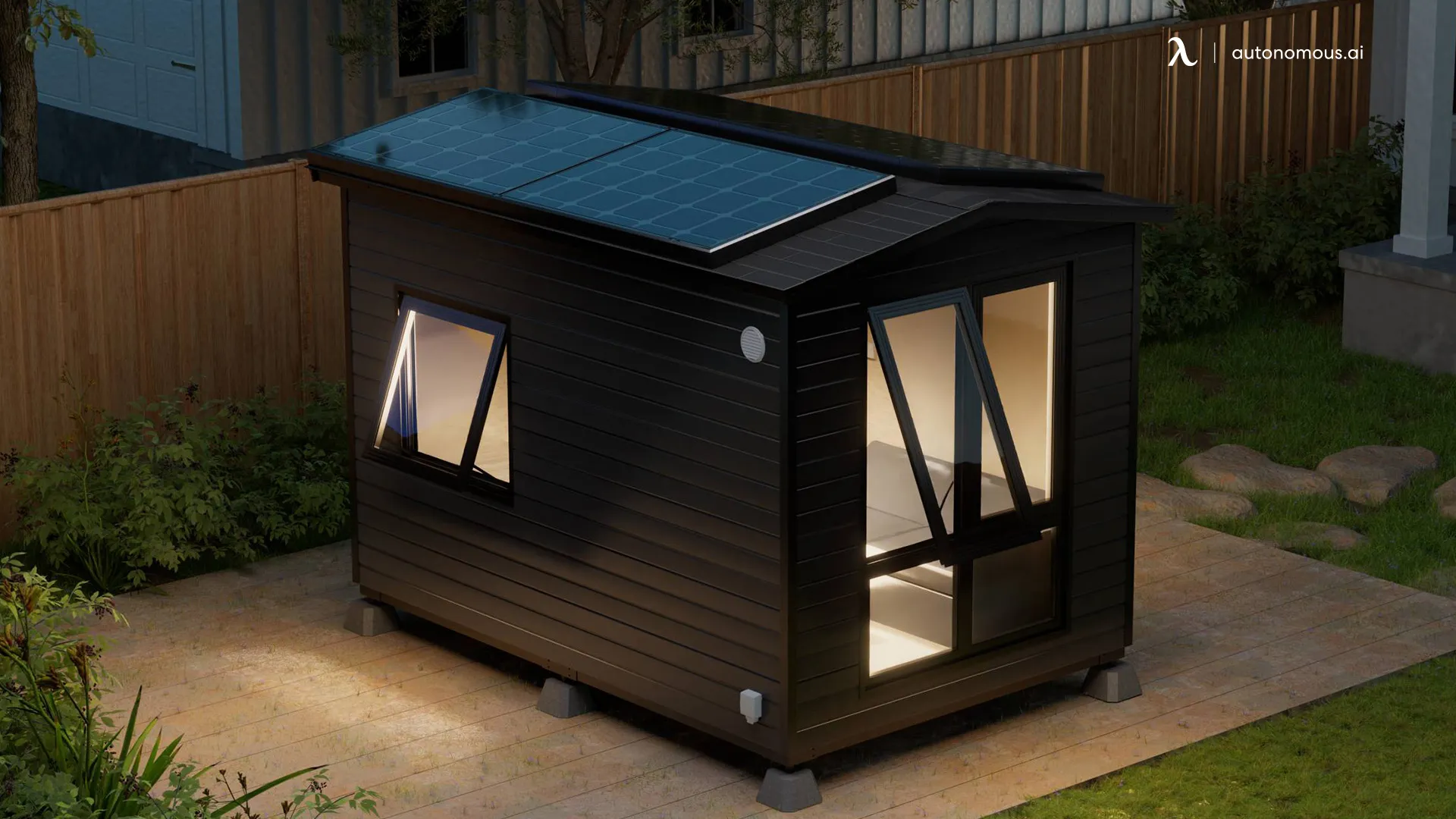
5. ADU Property Tax in California
Adding an ADU to your property will likely increase your property tax, as the value of the property will rise. However, California homeowners can take advantage of several property tax exemptions or reductions, especially if the ADU is used for certain purposes:
- Primary Residence: If you plan to live in the ADU, it may be assessed differently than a rental unit, which could help keep property taxes lower.
- Exemptions for Affordable Housing: If you use your ADU for affordable housing purposes (e.g., renting to low-income tenants), you may qualify for property tax relief under specific state programs. ADUs transforming California’s housing market offer insights into how this can impact affordable housing in your area.
It’s essential to check with your local tax assessor to understand how adding an ADU will affect your property tax and whether any exemptions are available. For those considering multiple structures, questions like how many sheds can I have on my property may come up and should be clarified with local authorities.
If you're looking for ADU grant programs in California, there are state-sponsored incentives that could help reduce the cost of building an ADU, particularly if it's used for affordable housing. Additionally, if you're in Los Angeles, the ADU program in Los Angeles offers guidance on local resources and regulations for ADU construction.
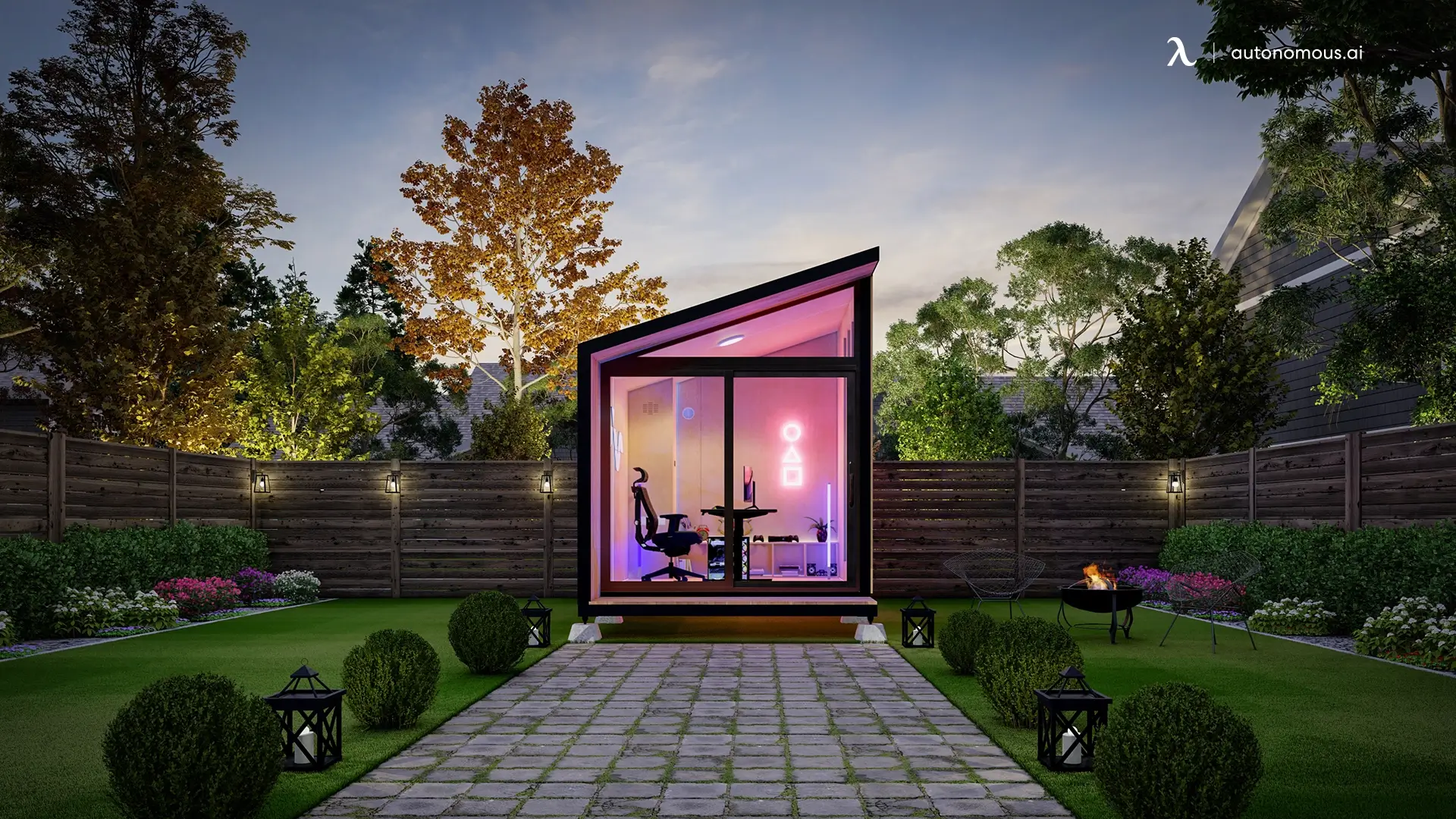
6. ADU Impact Fees in California
One important consideration when building an ADU in California is ADU impact fees. These fees are levied by local governments to offset the increased demand for services like water, sewer, and transportation. The amount of the impact fee varies depending on your location and the size of your ADU. For example, if you’re opting for a prefab home in California, the impact fees may differ based on the type of structure.
ADU impact fees in California have been a point of contention, as they can significantly increase the cost of construction. However, California passed laws in recent years to limit these fees for smaller ADUs (those under 750 square feet), reducing the burden on homeowners looking to build smaller units. If you're considering a prefab ADU in Southern California or prefab ADU in Northern California, understanding these fees will help you budget accordingly.
Additionally, knowing the minimum and maximum ADU size limit in California and California ADU setback requirements can help you design your ADU in a way that minimizes fees and meets all local regulations.
To learn more about these fees and how to navigate them, consult your local planning department or read up on ADU impact fees in California for more details.
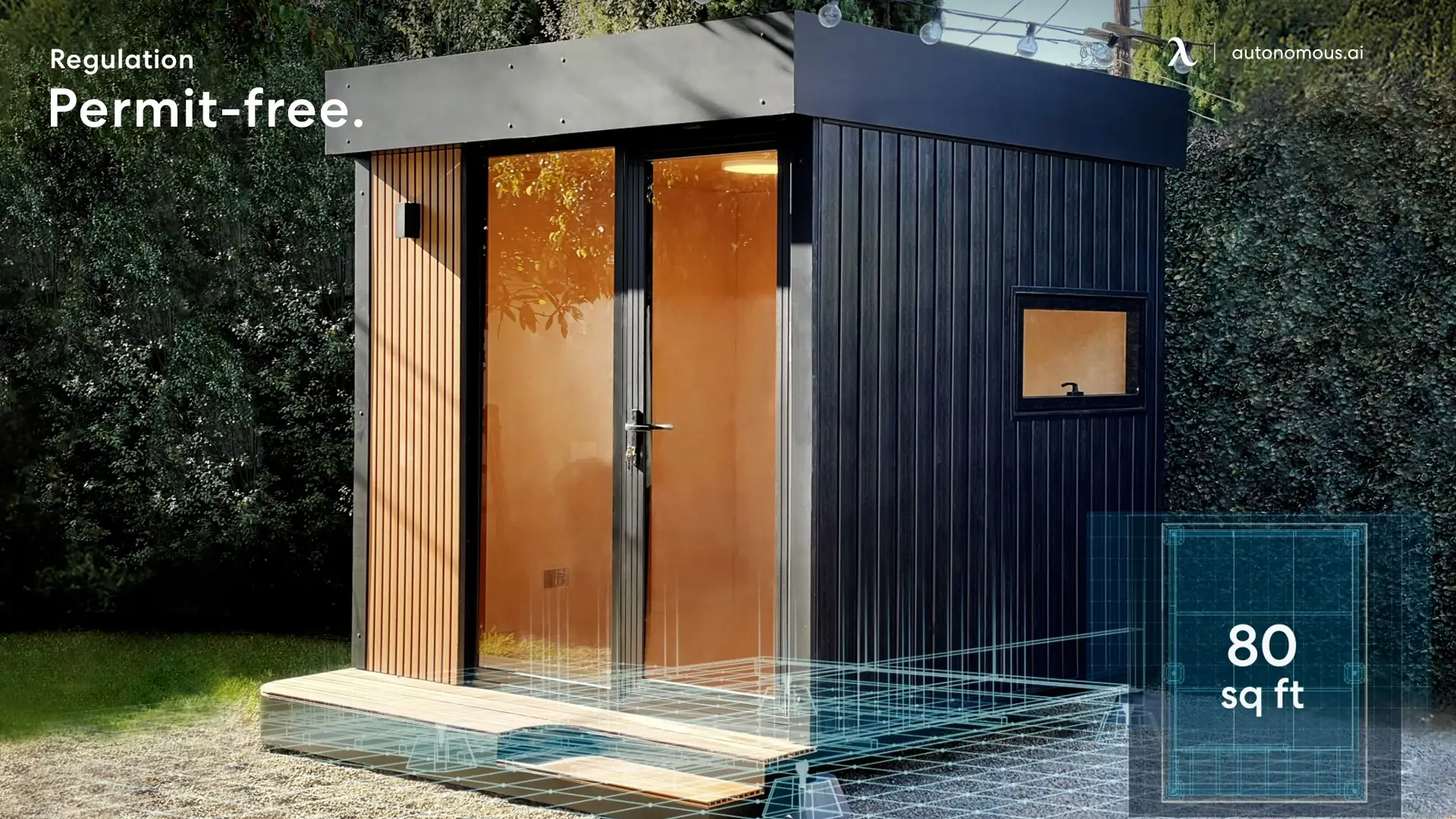
7. How to Claim ADU Tax Deductions
To claim your ADU tax deductions effectively, follow these steps:
- Track All Expenses:
Keep a detailed record of all construction costs, renovation expenses, and rental-related costs. Use receipts, invoices, and contracts to verify expenses.
- Use the Right Forms:
For rental properties, report income and expenses on Schedule E (Form 1040). For capital improvements (like an ADU), use Form 4562 to claim depreciation.
- Consult a Tax Professional:
Given the complexities of ADU tax deductions, it’s wise to consult with a tax professional who can help you navigate the deductions and ensure you comply with IRS guidelines.
8. WorkPods: A Hassle-Free ADU Alternative with Tax Benefits
For homeowners seeking a cost-effective, permit-free solution to create extra space on their property, Autonomous WorkPods offer a unique alternative to traditional ADUs. Unlike custom-built ADUs that often involve complex permitting processes, construction costs, and higher property tax implications, Autonomous WorkPods are designed to be easily installed with minimal red tape. These self-contained units are perfect for creating an office ADU, creative studio, or even a rental unit—without the need for extensive groundwork or permits. As a result, Autonomous WorkPods can be an excellent choice for homeowners who want to maximize their tax deductions and minimize property tax increases associated with larger, traditional ADUs. For those in California, explore garden office pod ideas in California for even more inspiration.
- Tax Deductions for Autonomous WorkPods
Much like traditional ADUs, if you rent out your WorkPod, you may qualify for tax deductions related to operating expenses, mortgage interest, and depreciation. Additionally, expenses related to the installation of the WorkPod, such as site preparation and electricity setup, could potentially be written off.
- Property Tax Considerations
Because Autonomous WorkPods are often considered temporary structures in some jurisdictions, they may result in a less significant property tax increase compared to traditional ADUs. Since they do not require permanent foundations, they may be treated differently by the local assessor, making them a tax-friendly option.
- Eco-Friendly Tax Benefits
For those opting for a solar-powered Autonomous WorkPod, there may be additional sustainability incentives available through California’s green building programs. This could include tax credits for energy-efficient features, making an Autonomous WorkPod an even more appealing choice for those looking to reduce their environmental impact while saving on taxes. If you're interested in learning more about finding reliable ADU builders in California, this resource can help guide you in the right direction.
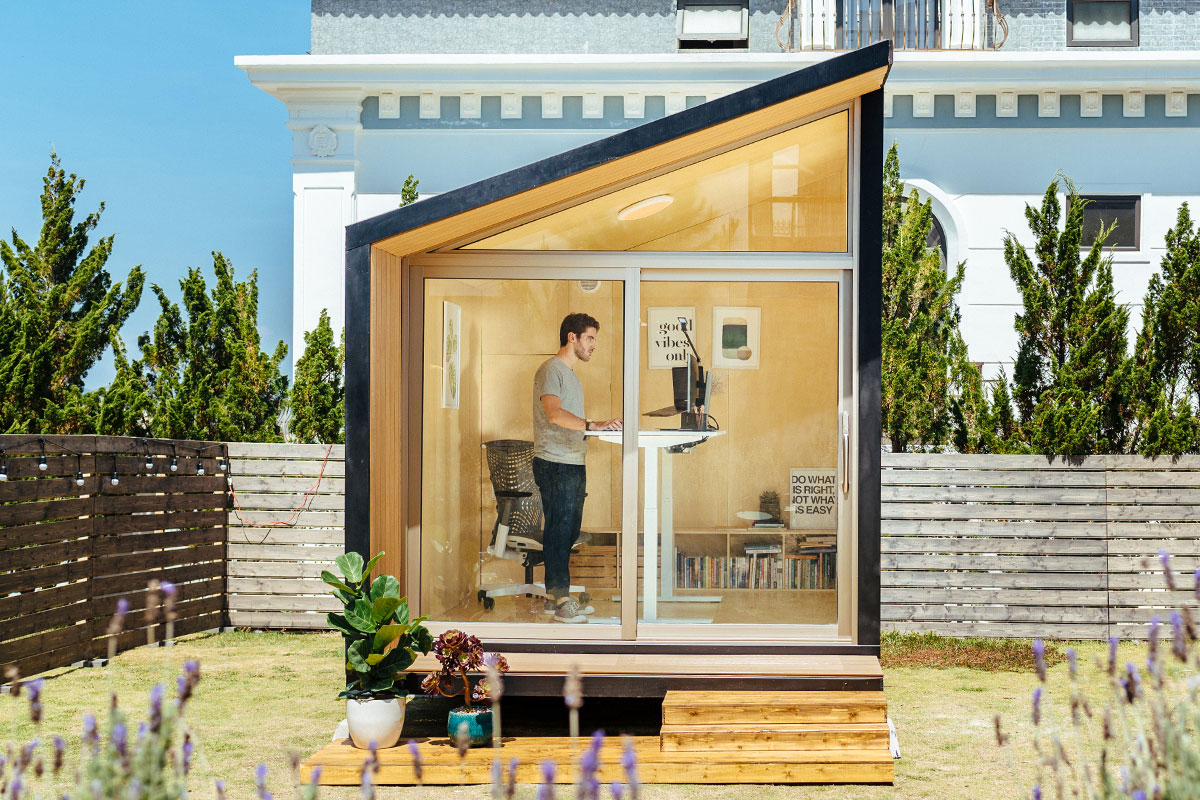
WorkPod
| Overall size | 8.5’W x 12’L x 11’H |
| Floorspace | 102 square feet |
| Ceiling height | 6.8’ to 9.3’ |
| Weight capacity | 2.9 tons |
| Door & Window dimensions, material (include glass) | Main door: 7.5’W x 6.8'H 3 windows: 1.1’W x 7.9’H Window material: Wooden frame, 5/16” tempered glass, composite wood cover Door material: Anodized aluminum frame, 5/16” tempered glass |
| Siding, roof, floor & balcony material | Siding: Plywood 1/2”, wooden frame, honeycomb paper, plywood 3/8”, bitume, housewrap, vinyl siding Roof: Roof shingles Floor: Plywood Balcony: Composite wood |
| Electrical devices | 1 RCB (Residual current breaker) 3 Wall outlet (Universal wall sockets) 1 Ceiling light switch 1 Ceiling light 1 Ventilator switch 1 Ventilator 66ft power cable with 2 connectors |
| Power input | Maximum voltage: 110V AC (US standard) Maximum current: 25A Maximum power dissipation: 2750W |
| Interior furniture | Unfurnished option: 1 Bookshelf, 1 Electrical Cabinet Furnished option: 1 SmartDesk Connect, 1 Autonomous Chair Ultra, 1 Monitor Arm, 1 Cable Tray, 1 Filing Cabinet, 1 Anti-Fatigue Mat, 1 Bookshelf, 1 Electrical Cabinet |
| Compatible with | Portable air conditioner: A/C units with dimensions smaller than 22” L x 20” W x 88” H and a 5.9” vent hole diameter will fit well. Heater: A small personal heater is more than sufficient. |
- Handy homeowners
- Professionals who need a quiet, dedicated space to work from home
- Freelancers who require a focused environment away from household distractions
- Permit-free
- Zero foundation preparation
- Built with weatherproof and soundproof materials
- Pre-wired with ambient lighting and outlets
- Ready in 3 days
9. FAQs
Are ADU Tax Deductible in California?
Yes, you can deduct certain expenses related to the construction, renovation, or rental of an ADU. These deductions include construction costs, repairs, utilities, and mortgage interest if the ADU is used for rental purposes. Be sure to keep detailed records of all expenses.
Does ADU Increase Property Tax in California?
Adding an ADU to your property typically leads to an increase in property tax as the value of the property is reassessed. The amount of the increase depends on factors such as the size and type of ADU and whether it's used for rental purposes or personal use.
How Does Building an ADU Affect My Property Taxes?
Building an ADU will generally increase your property taxes, as the value of the property will be reassessed. The property tax increase is based on the added value of the ADU, and the county assessor will determine the new property value.
What Happens to Property Taxes Once I Complete My ADU?
Once the ADU is completed, the county assessor will reassess the value of your property, which typically results in an increase in property taxes. This reassessment usually happens within a few months of the ADU being completed.
Can I Deduct ADU Expenses From My Taxes?
Yes, if the ADU is used for rental purposes, you can deduct various expenses such as maintenance, property management fees, and utility bills. You can also deduct the cost of the ADU’s construction, provided you keep accurate records and report rental income correctly.
How Can I Deduct Costs Related to Building an ADU?
To claim deductions for building an ADU, you will need to keep a record of all construction and renovation costs, including materials, labor, and permits. If you use the ADU as a rental unit, you can also claim deductions for property maintenance, utilities, and even depreciation.
Is Depreciation Available for an ADU?
Yes, if you rent out your ADU, you can claim depreciation on the structure itself, which allows you to deduct a portion of the ADU's value over time. This reduces your taxable income each year.
Do I Need to Inform My Insurance Company About My ADU?
It’s important to notify your homeowners’ insurance provider about the addition of an ADU. This ensures your policy covers the ADU in case of damages. Failing to do so may result in inadequate coverage, especially if the ADU is used for rental purposes.
Are There Any Tax Incentives for Sustainable ADU Projects?
California offers incentives for building eco-friendly ADUs, including tax credits for energy-efficient improvements such as solar panels and energy-saving windows. Homeowners who build sustainable ADUs may be eligible for specific rebates or programs aimed at reducing environmental impact.
Can ADU Owners in California Benefit from Financial Assistance Programs?
While California doesn’t pay homeowners directly to build an ADU, there are various programs that provide financial assistance, including low-interest loans and grants for building affordable or energy-efficient units.
How Do Local and State Regulations Affect ADU Tax Benefits?
California’s state laws and local zoning regulations significantly impact ADU tax deductions and benefits. Some regions may offer additional incentives, like reduced impact fees or streamlined permitting processes, for ADUs that meet specific criteria (e.g., affordable housing).
Conclusion
Building or converting an ADU in California can offer significant tax benefits. Whether you're claiming ADU tax deductions for construction costs, rental income, or operational expenses, California provides a variety of opportunities to save money. Be sure to track all relevant expenses, understand the local ADU property tax and impact fees, and consult with a tax professional to make the most of these benefits. With the right knowledge, you can maximize your savings and enjoy a functional, profitable ADU for years to come.
Stay connected with us!
Subscribe to our weekly updates to stay in the loop about our latest innovations and community news!
Interested in a Link Placement?
Spread the word
.svg)


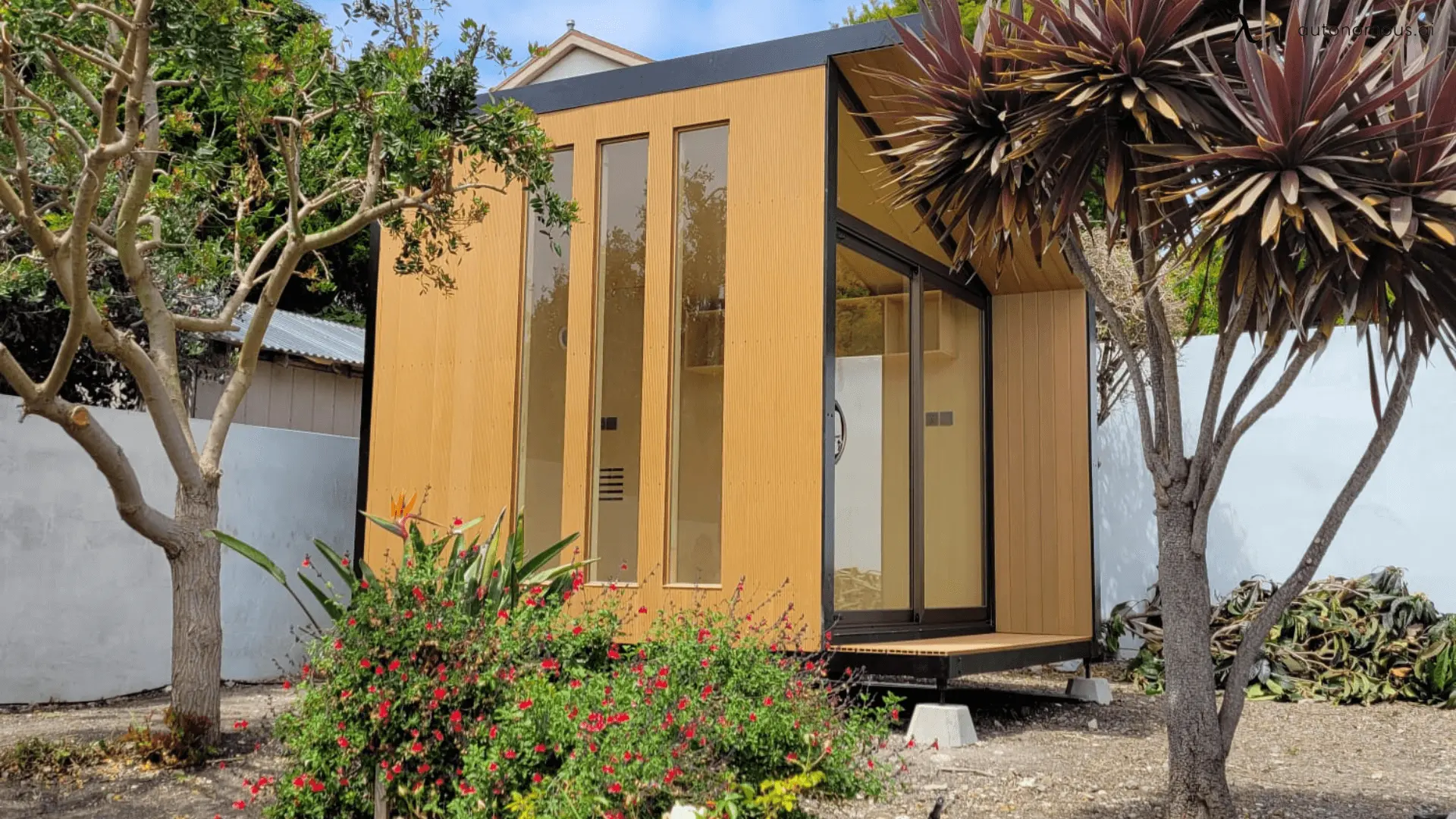
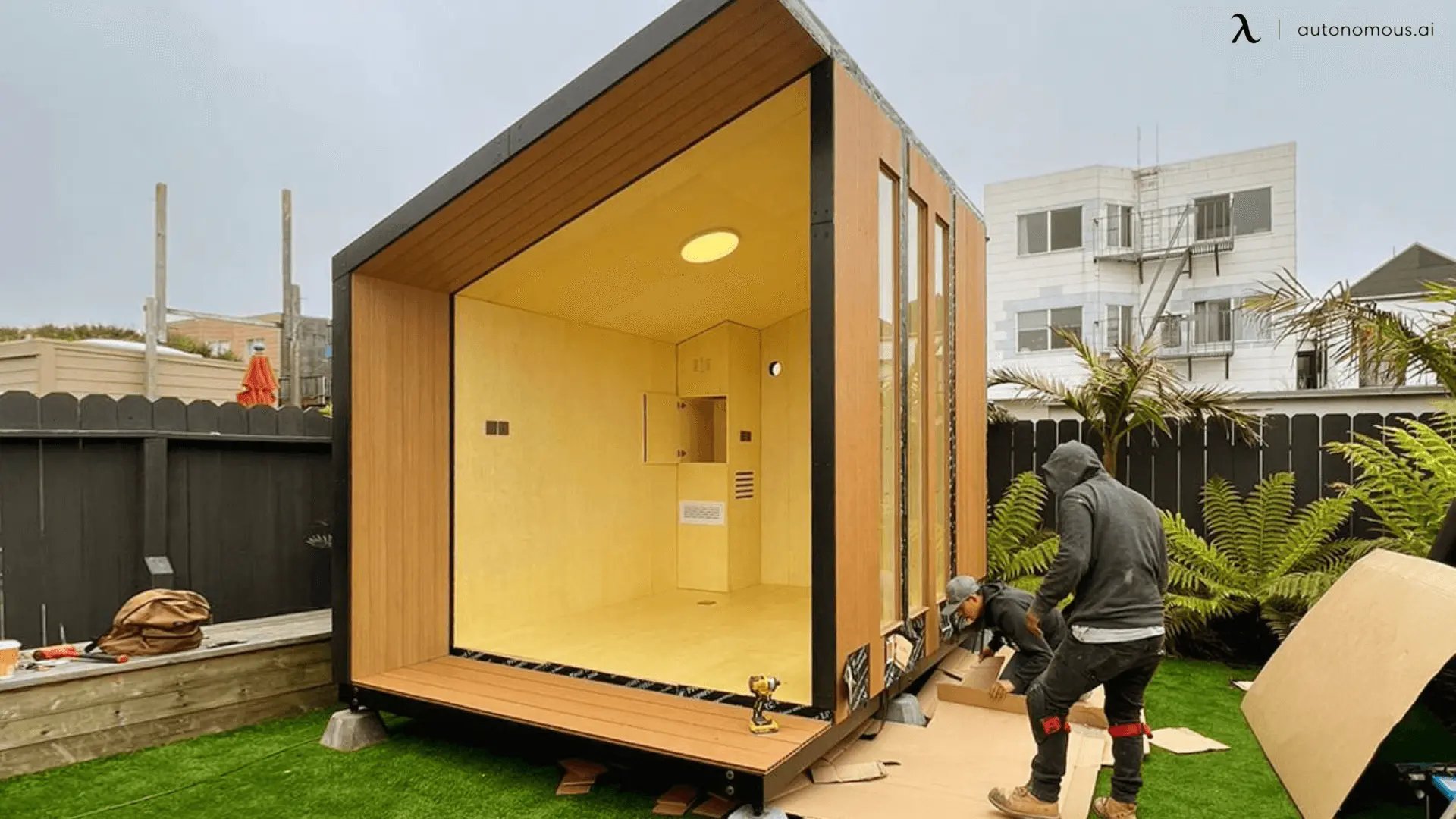
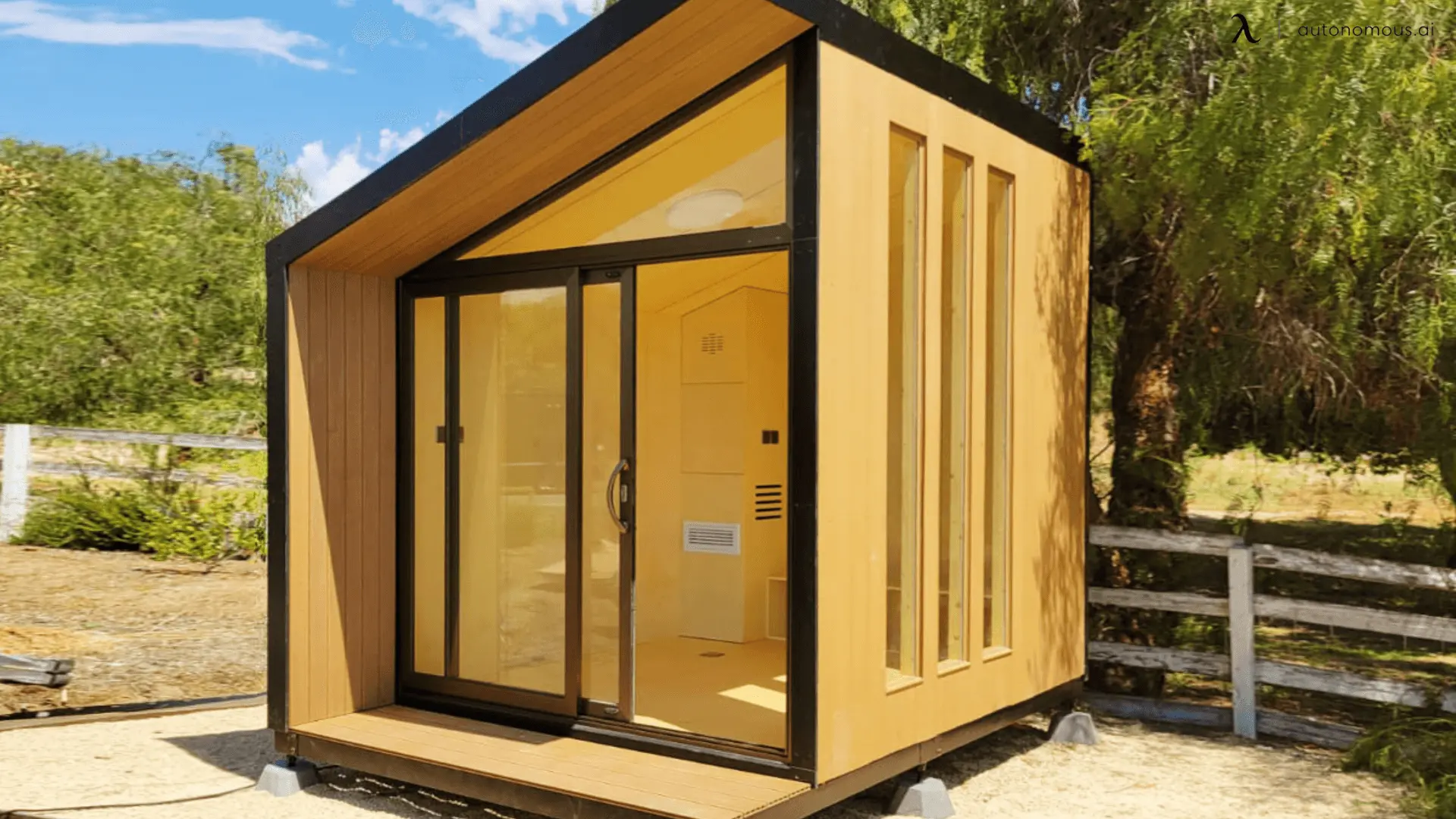


/https://storage.googleapis.com/s3-autonomous-upgrade-3/production/ecm/230914/bulk-order-sep-2023-720x1200-CTA-min.jpg)

/https://storage.googleapis.com/s3-autonomous-upgrade-3/production/ecm/230824/image_78sctd8d_1692158325567_raw-80639991-bedf-4e11-a77c-1c8e0a351b40.jpg)